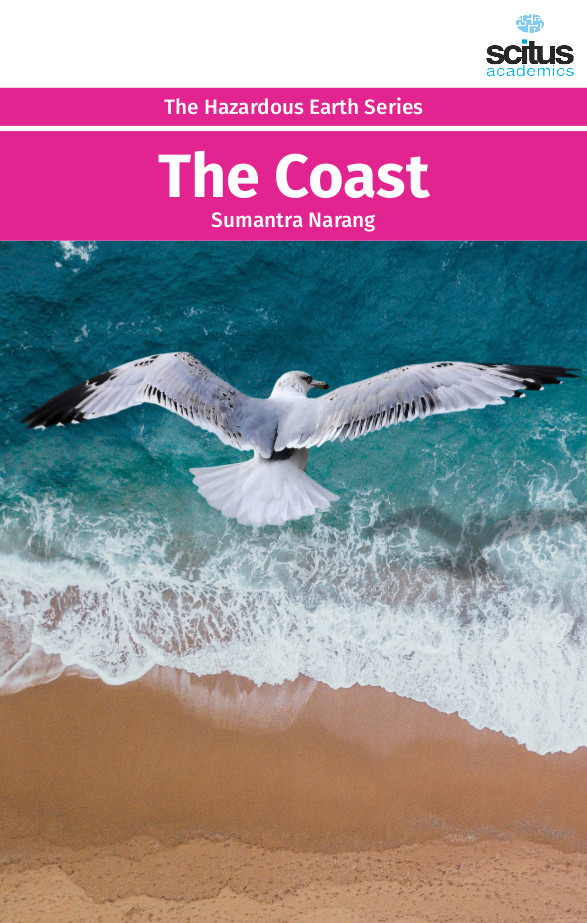The coast is one of the most dynamic parts of the earth surface. Since early civilization, coastal areas have been attractive settling grounds for human population as they provided abundant marine resources, fertile agricultural land and possibilities for trade and transport. This has led to high population densities and high levels of development in many coastal areas and this trend is continuing into the 21st century. About 23% of the world’s population lives within 100 km of the coast and about 10 % of the population live in extremely low-lying areas (< 10 m above mean sea level). Coastal Hazards are physical phenomena that expose a coastal area to risk of property damage, loss of life and environmental degradation. Rapid-onset hazards last over periods of minutes to several days and examples include major cyclones accompanied by high winds, waves and surges or tsunamis created by submarine earthquakes and landslides. Slow-onset hazards develop incrementally over longer time periods and examples include erosion and gradual inundation. The predicted climate change is adding an extra risk factor to human settlement in coastal areas. Whereas the natural dynamics that shape our coastlines have been relatively stable and predictable over the last centuries, much more rapid change is now expected in processes as sea level rise, ocean temperature and acidity, tropical storm intensity and precipitation/runoff patterns. The world’s coastlines will respond to these changes in different ways and at different pace depending on their bio-geophysical characteristics, but generally society will have to recognize that past coastal trends cannot be directly projected into the future.
This volume ‘The Coast’ emphasizes at coastal landforms, how they are created, and the hazards that threaten them including erosion from waves and storms, powerful tides, and sediment transport. It covers the range of coastal hazards that result from short-term low-frequency events like tsunamis and hurricanes, to longer-term processes like urban regeneration and changing agricultural practices and far-reaching impacts on coastal zones the world over. The intensity of each of these processes is likely to increase under changing scenarios of global climate. A number of methodologies have been proposed from time to time to assessment the vulnerability of coastal areas. However, most of these indices consider only the physical parameters. Vulnerability on the other hand includes a human component. It is proposed that any assessment of coastal vulnerability must consider both physical and human components of that particular coast.













